If I asked you to name the first animal that comes to your mind, chances are high you’d think of a mammal. Although mammals don't have the highest number of species compared to other animal groups, they are among the most studied—partly because humans themselves are mammals.
In this article, we explore what mammals are, the three main categories they fall into, and some representative examples that highlight their fascinating diversity.
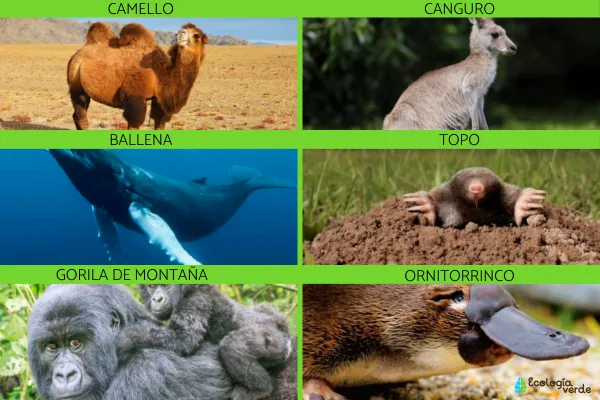
Mammals are warm-blooded vertebrates primarily defined by the presence of mammary glands, which females use to produce milk for their offspring. There are approximately 5,486 known species of mammals.
Common characteristics of mammals include:
Warm-blooded (endothermic): They can regulate their internal body temperature regardless of the environment.
Hair or fur: All mammals have hair at some stage of their life.
Viviparous reproduction (mostly): Most give birth to live young (except monotremes).
Advanced skeletal features: Most have seven cervical vertebrae and three bones in the middle ear (malleus, incus, and stapes).
Lung-based respiration: All breathe through lungs.
Complex behavior: Many exhibit social structures, learning ability, and emotional responses.
Mammals are grouped into three primary categories based on their reproductive strategies:
These mammals nourish their developing young inside the uterus through a placenta. This is the largest and most diverse group, adapted to a wide variety of environments.
Examples: Humans, whales, Elephants-Are-Endangered.html">elephants, tigers, bats.
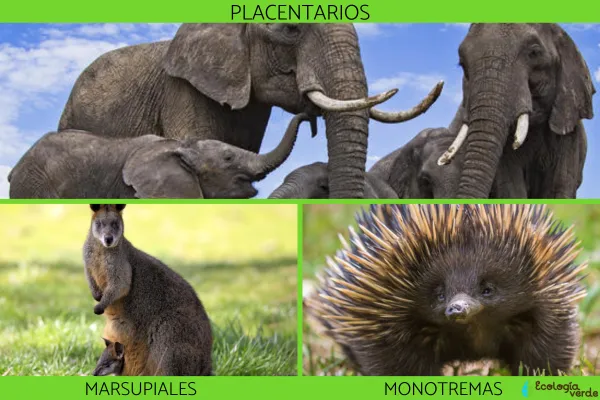
Marsupials give birth to underdeveloped young, which then continue growing in a pouch on the mother's belly.
Examples: Kangaroos, koalas, wombats. Most are found in Australia and the Americas.
Monotremes are the most primitive mammals. Unlike other mammals, they lay eggs. Despite this, they still nurse their young with milk.
Examples: Platypus and echidnas. Found only in Australia and nearby islands.
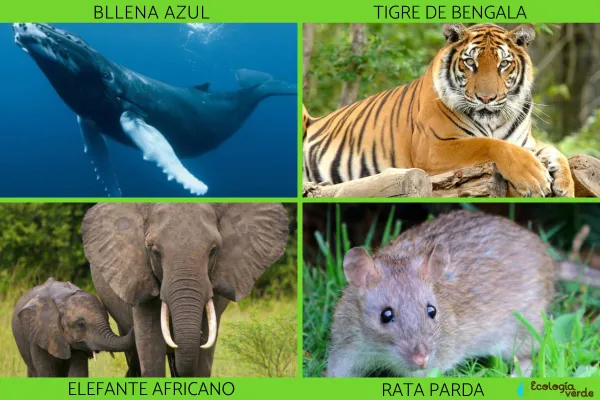
Here are some iconic mammal species from different groups and habitats:
The largest animal on Earth, reaching up to 30 meters in length and 170 tons in weight.
Feeds mainly on krill and has no known natural predators.
Found in tropical forests and grasslands of India, Nepal, and Bangladesh.
One of the largest felines and a top predator in its habitat.
The largest land mammal alive today.
Native to Africa, recognized by its large ears and tusks. Eats leaves, grasses, and shrubs.
One of the most widespread and abundant mammals globally.
An omnivorous rodent capable of producing multiple large litters each year.
Found across Europe, Asia, and North Africa.
One of the few mammals capable of true flight. Feeds on nocturnal insects using echolocation.
Critically endangered and native to Central Africa.
Fewer than 900 individuals remain in the wild.
Marsupial native to Australia, mainly eats eucalyptus leaves.
Known for sleeping up to 20 hours a day.
A monotreme with a duck-like bill and beaver-like tail.
One of the few venomous mammals, and it can detect prey using electric fields.
Covered in spines and resembles a hedgehog.
Feeds on ants and termites. Lays eggs and nurses its young with milk.
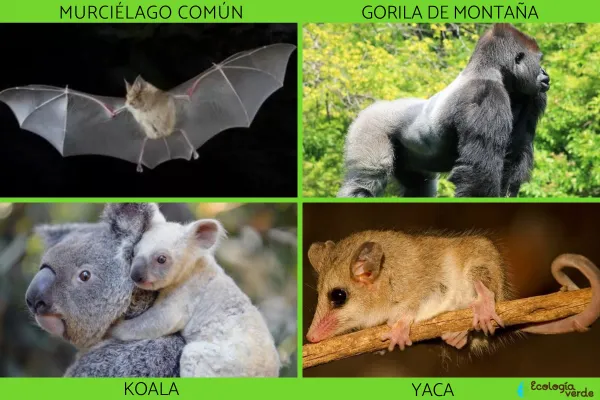
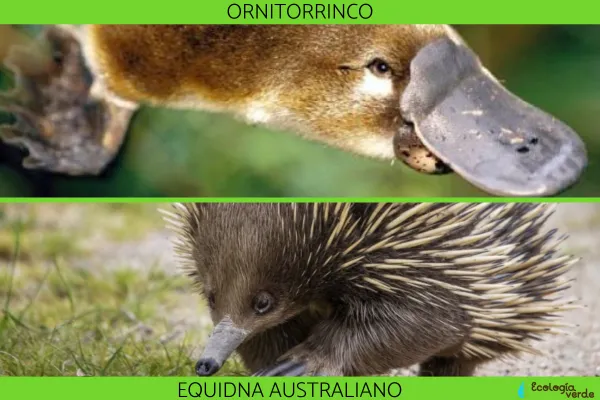
Mammals may not be the most species-rich group in the animal kingdom, but their adaptability and complexity make them one of the most successful. From the massive blue whale to the tiny bat, and from the solitary koala to the social gorilla, mammals showcase a vast range of survival strategies and ecological roles. Understanding them is also a way of better understanding ourselves.
animal tags: mammals
We created this article in conjunction with AI technology, then made sure it was fact-checked and edited by a Animals Top editor.